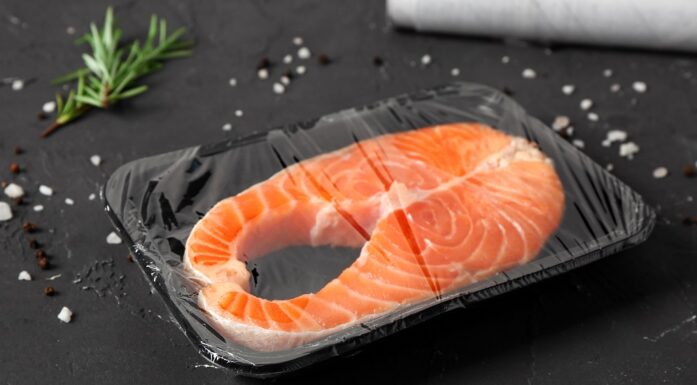The lizard wizard
Dag Dolmen stood on a rock in Dzhungaria and knew without looking what was underneath.
Dag Dolmen’s office door is spring loaded, meaning it closes by itself. The idea behind this arrangement is probably to prevent the corridors of NTNU’s Museum of Natural History and Archaeology from being filled with paper wasp nests and snake skins, dragonflies and piles of documents.
MINI-CV DAG DOLMEN (62)
- Dr. philos. 1982
- Associate Professor in the Natural History Section, NTNU Museum of Natural History and Archaeology.
- Zoologist and herpetologist, Norway's leading amphibian researcher.
- Hard-working expert in the service of the press and the public, especially in the summer.
It’s one thing to have the nickname “Norway’s top amphibian researcher”, but it’s quite another thing to be so outgoing and open that your office is always full of new museum specimens or visitors. Not to mention all the calls about snakes. Definitely a few every day during the summer. The question has to be:
Is it worth it?
I may regret saying this, the way I’m going now, but the fact is that I’m not tired of it. Furthermore, I believe that a university museum should be open. Finally, all of this information is interesting in helping to map out the world around us. The dragonflies here come from Steinkjer. Part of a museum’s job is to undertake these kinds of scientific efforts.
That’s how we can subsequently prove that this specific dragonfly species was found at that spot there and then. Being available definitely takes more time than my research. Nevertheless, my conclusion is that it is worth it.
But then winter comes and blankets all the reptiles and amphibians with snow and ice. What do you do?
That’s when I sit and write about everything I found and that people brought in over the summer, and try to clean my office. Wasp nests on the floor get stored in the attic when I can. Nests that are bigger than basketballs deserve to be preserved. But the winter has a tendency to get shorter and shorter…
Because when the springtime sun peaks up over the hills, the field herpetologist in you begins to get itchy?
Yes, even before then. One of my earliest outings of the year was to Finnøy (in south- western Norway). In the late autumn of 2008 we got a picture of something that looked like a marsh frog. This species is not normally found in Norway, so we were very curious.
The picture proved to be a hybrid frog, a cross between marsh frog and the southern variety of a pool frog. The explanation was classic: a young boy on holiday in Poland had put some frogs in his pockets. When he came home, he let them free.
Now they have multiplied and spread out over the island in the thousands. In spite of the fact that this was an illegal import and highly alarming, some of us are such heretics that we found it quite interesting that a southern species could thrive and expand so rapidly in the southwestern part of Norway.
“It is socially acceptable to intervene to save endangered species, even if we have to alter the natural environment.”
Aren’t you afraid they will spread to the mainland?
Of course I am. But what can we do? Rotenone is of no use, because frogs use lungs to breathe and don’t even stay in the water during the winter. And bombing is hardly a realistic option either.
Would you say that you are willing to intervene in the natural world if need be? Is it completely acceptable?
I think it’s socially acceptable to intervene to save endangered species, even if we have to alter the natural environment, for example, with measures that improve the habitat. I worked to establish a conservation area at Geitaknottane in outer Hardanger. This is where we have perhaps the world’s best natural occurrence of the great crested newt (a salamander).
We have supplied the Norwegian Directorate for Nature Management with action plans for (native) pool frogs and crested newts. Amphibians are in sharp decline worldwide. We have a responsibility to act.
You are not only a zoologist. You are also a bodybuilder and a Pentecostalist. Is there any connection? Or conflict?
The connection must be idealism and the desire to care for creation. I was introduced to God as a child. I found it difficult to believe in God, but then I did an experiment. I folded my hands under the covers and said, “Dear God, if you exist, give me faith.” The next morning, it struck me: “Yes, I exist, and I love you.” It was as if the world was new, but I realized later that it was I who had changed.
Then I read the Bible, and found that the Pentecostal faith was closest to what I believed in. A few years ago we were looking for a redlisted salamander in Dzhungaria, on the border between China and Kazakhstan. We walked along a riverbank, and our findings had been rather thin. I was standing on a rock, and then suddenly I knew that there were lots of salamanders under that stone. I lifted the stone and there they were.
Albert H. Collett





